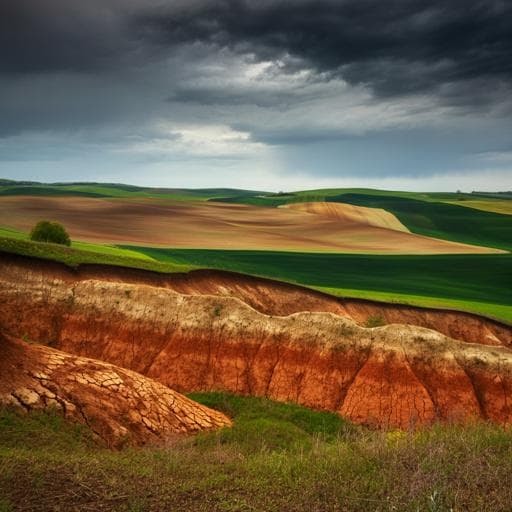
Earth Sciences
Climate and land use changes explain variation in the A horizon and soil thickness in the United States
Y. Zhang, A. E. Hartemink, et al.
This study by Yakun Zhang and colleagues unveils crucial insights into the spatio-temporal dynamics of soil thickness across the conterminous United States from 1950 to 2018. Discover how climate influences soil distributions while land use and erosion shape changes over time, highlighting the regions most affected and in need of conservation.
~3 min • Beginner • English
Related Publications
Explore these studies to deepen your understanding of the subject.







